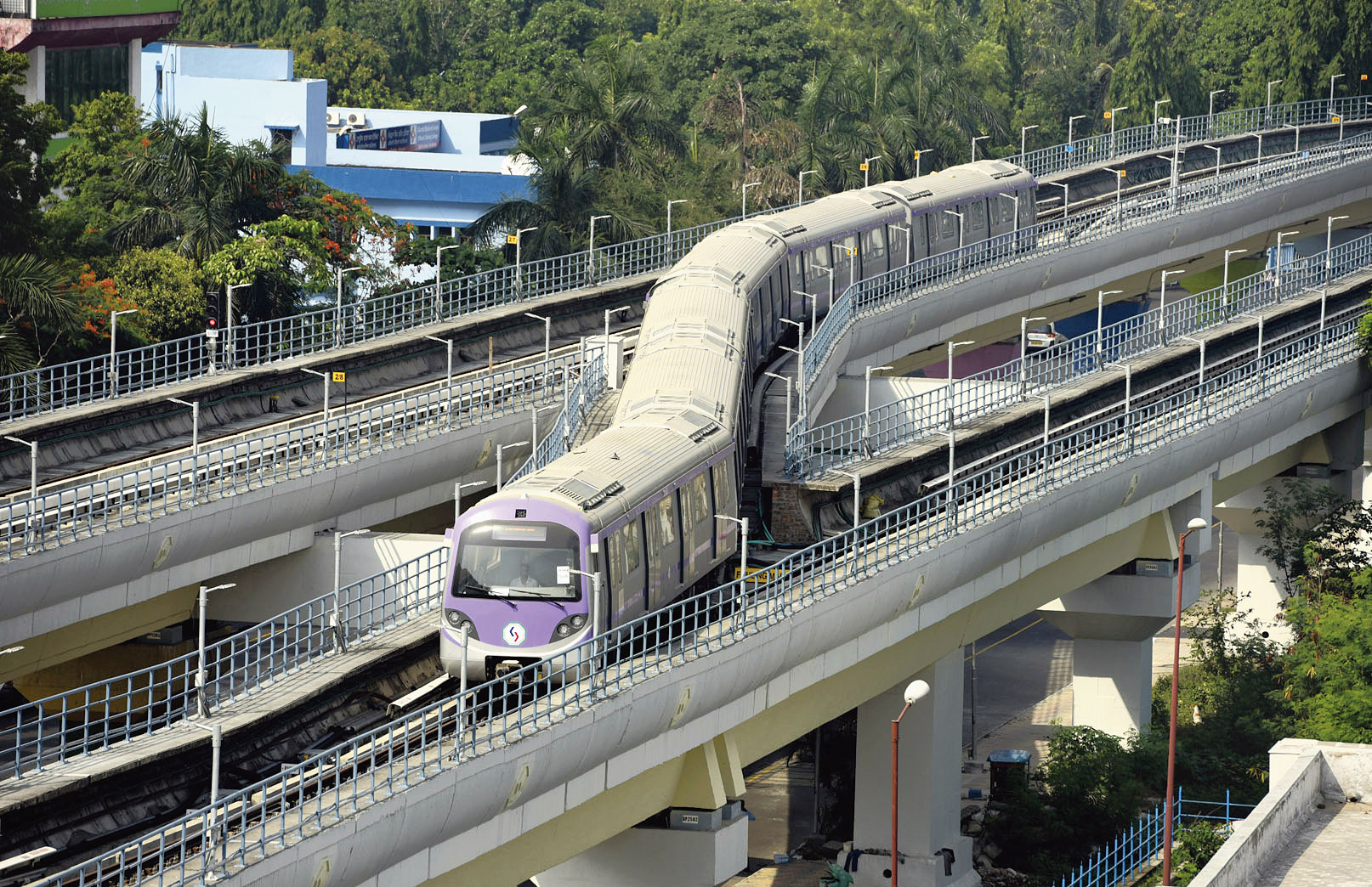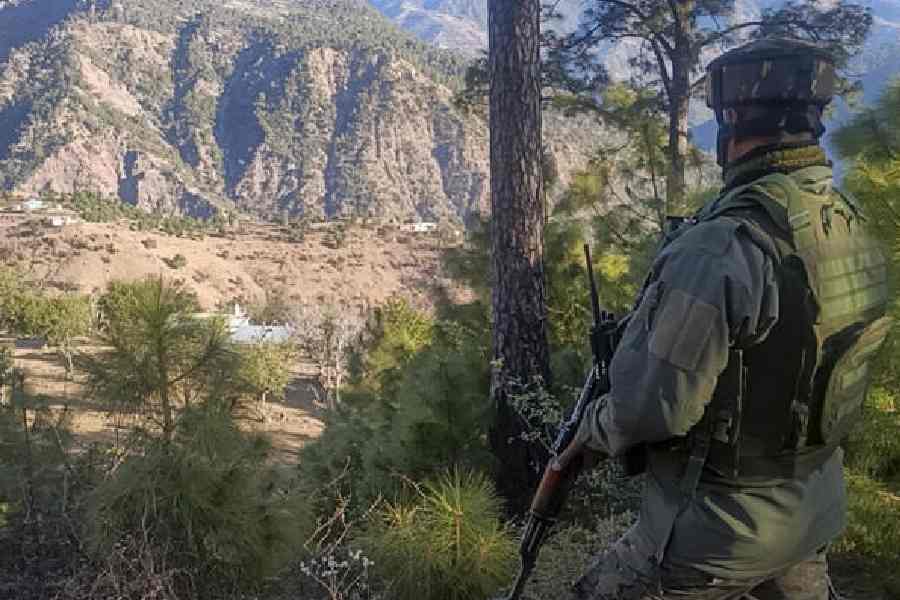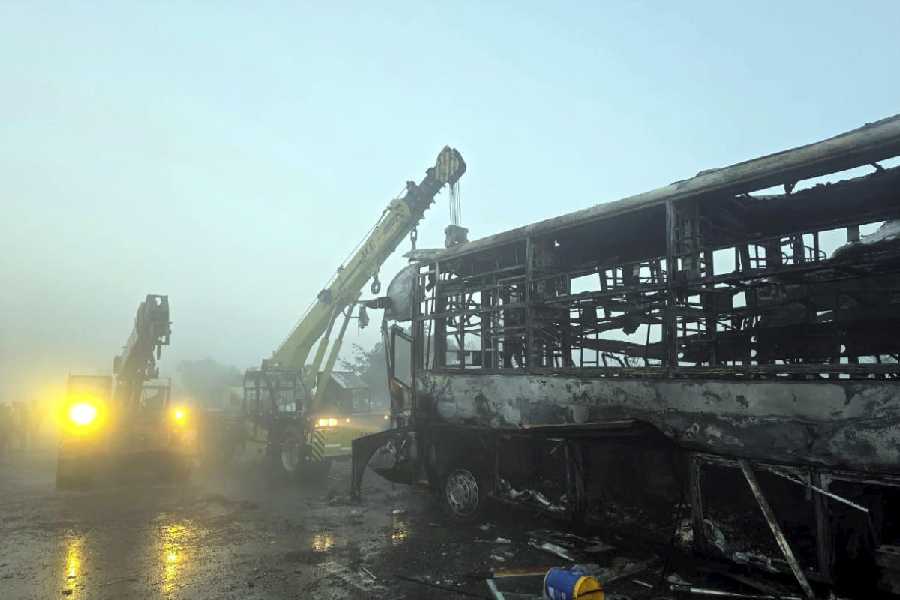East-West Metro’s underground route is full of “nasty surprises” in the form of water pockets, which the tunnel-boring machines had narrowly missed several times, engineers said on Tuesday.
Last Saturday, however, was different. The machine that was boring one of the tunnels in Bowbazar hit a sand acquifer, causing damage to at least 52 buildings and leading to evacuation of more than 500 people from their homes.
The machines that bore the twin tunnels of East-West Metro between Howrah Maidan and Esplanade had to negotiate several such sand acquifers, officials involved in the project said.
“Around four such water pockets were encountered under Brabourne Road, near Tea Board. The area is very congested and dotted with heritage buildings,” an engineer who was involved in the burrowing of the twin tunnels under the central business district said.
Sand acquifers, he said, are usually found till around 20 metres under the surface in Calcutta.
The tunnels between Howrah Maidan and Esplanade are located more than 20 metres under the surface, where there is mostly clay. “On a stretch near Tea Board, the depth was less than 20 metres. We had encountered sand acquifers there,” an engineer said.
“Intense grouting had to be done to prevent water leakage. We had to be very careful and step up monitoring of adjacent buildings.”
Grout is a mixture of water, cement and sand, which is used to fill void created during subsidence.
Many engineers said it was difficult to detect underground water pockets during soil surveys.
“The surveys are usually done by collecting samples every 150 metres. We encountered water pockets when we were not expecting them and did not find one when we were expecting them,” the engineer said.
“Tunnel boring across the world is beset with challenges and nasty surprises, such as sand acquifers. Building roads or train tracks underground is much riskier than building them on the surface.”
The 16.5km East-West Metro will stretch from Sector V till Howrah Maidan and will run under the Hooghly. The first phase, between Sector V and the Salt Lake stadium, a distance of around 5.5km, is likely to be unveiled around Durga Puja.
The sand aquifer that the tunnel-boring machine hit in Bowbazar was 17 metres under the surface.
“The aquifer contained a huge amount of water. That’s why there was so much subsidence and such large-scale damage,” said an official of Kolkata Metro Rail Corporation (KMRC), the implementing agency of the project.
Sources had said the seal of a vital component of the tunnel-boring machine gave way because of water pressure, leading to flooding of the tunnel. The tail skin brush, placed at the rear of the boring machine, prevents water seepage.
Engineers said the brushes attached to the machine failed to withstand the constant pressure of the water. “We have to find out how much caution was taken,” said a railway official.
Minister’s report
Sources said railway minister Piyush Goyal has sought a report from KMRC about the mishap. The report was sent on Tuesday.










